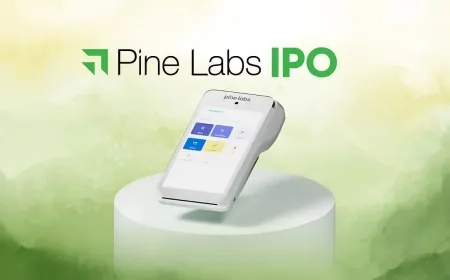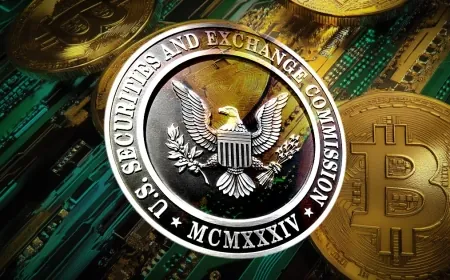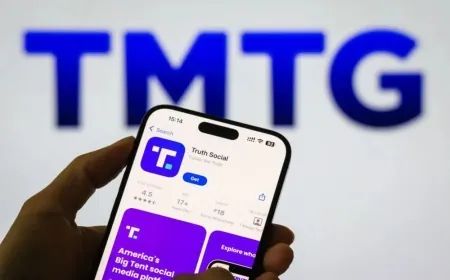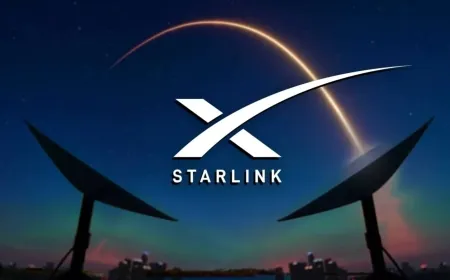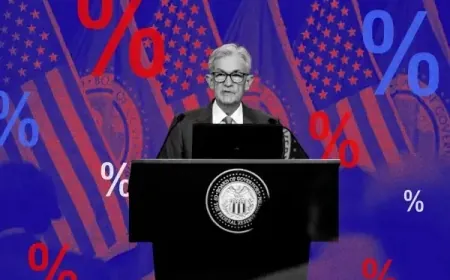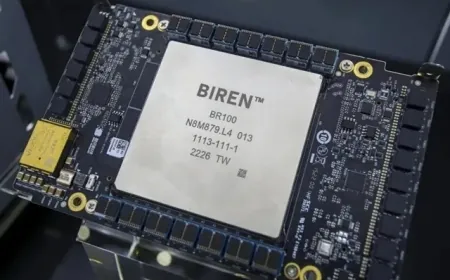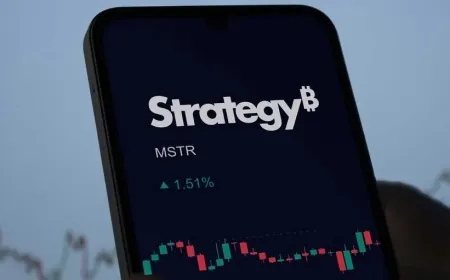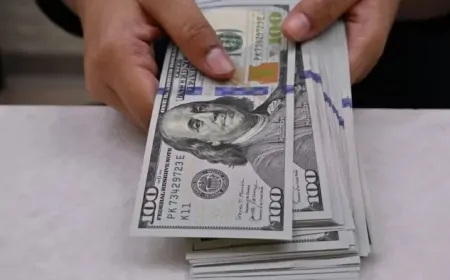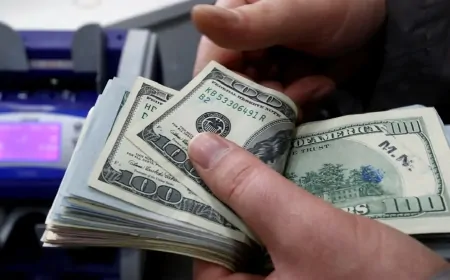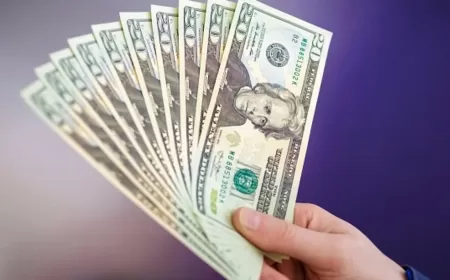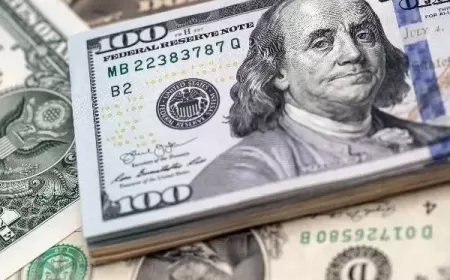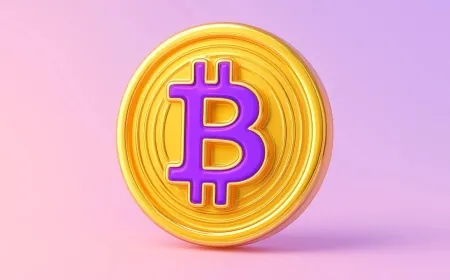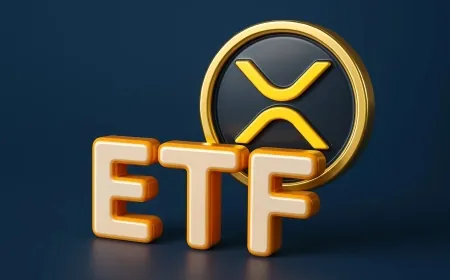Tether Is the Biggest Stablecoin—But Should You Use It or Avoid It?
Tether leads the stablecoin market, but is it trustworthy? Here's what you should know before using or holding USDT in your crypto wallet.
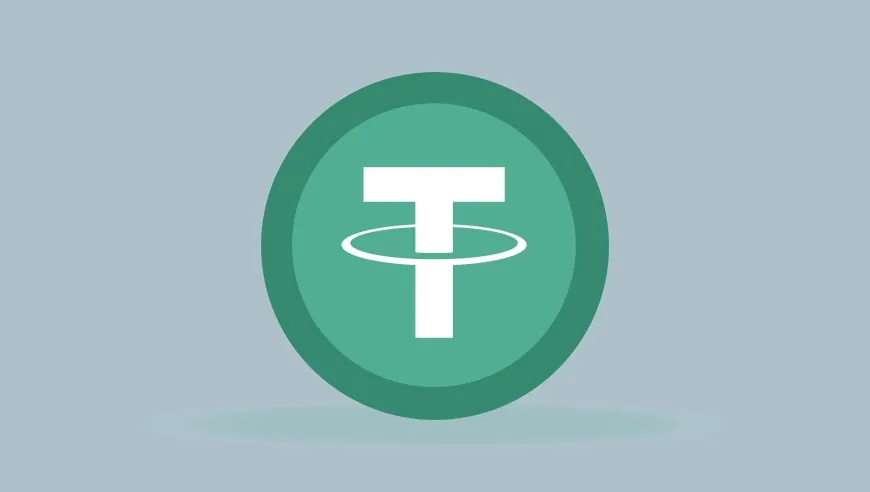
Tether (USDT) has long stood as the heavyweight in the stablecoin space, consistently maintaining its dollar peg and commanding a significant lead in daily trading volume. At the time of this writing, USDT accounts for more than half of the $275 billion stablecoin market—a figure that some policymakers say could reach $2 trillion by 2028.
But despite its dominance, Tether remains controversial. Its underlying business practices, reserve transparency, and past regulatory troubles continue to divide the crypto community, especially in light of the newly passed Genius Act, signed into law by President Trump last month. The bill is the federal government’s first comprehensive legal framework targeting the issuance, use, and regulation of dollar-pegged digital assets like Tether.
With stablecoins edging closer to everyday use in cross-border transactions, trading, and decentralized finance, the question isn’t just whether Tether is reliable—it’s whether it belongs in your portfolio at all.
Why Tether Exists—and What It’s Good At
Tether is what’s known as a “fiat-collateralized stablecoin,” meaning every token is backed, at least in theory, by reserves intended to preserve its one-to-one ratio with the U.S. dollar. That mechanism is why one USDT typically equals $1, regardless of what’s happening in the broader crypto market.
The core utility of Tether lies in its role as a digital cash substitute. It enables fast, low-cost transactions across borders, provides a stable store of value for traders moving in and out of volatile cryptocurrencies, and is accepted by virtually every major exchange.
If you’re trying to exit a risky altcoin position without moving into fiat, you’d likely convert your holdings into USDT. If you’re sending money to a friend overseas, you might prefer USDT for its speed and low transaction fees. If you're looking to park funds in crypto temporarily, Tether can serve that purpose, too.
Importantly, many platforms offer annual percentage yields (APYs) of 4% or higher on USDT balances, making it functionally similar to a high-yield savings account—albeit one with very different risk factors.
The Genius Act Changes the Game
The recent signing of the Genius Act marks a turning point for the stablecoin market. It establishes regulatory standards for reserve requirements, issuer transparency, and consumer protections.
Under the law, stablecoin issuers must:
-
Provide regular, third-party reserve disclosures
-
Meet strict liquidity thresholds
-
Register with a federal digital asset authority
These new rules are designed to bring stablecoins in line with traditional financial products, such as money market funds. For Tether, this means added pressure to validate its reserve structure—something that has long been a point of contention among financial watchdogs.
According to Treasury Secretary Scott Bessent, the new law is meant to “weed out bad actors” while giving legitimate issuers a path to compliance. “The goal is to make sure stablecoins serve their purpose without endangering the broader financial system,” Bessent said during a recent press conference.
Tether has signaled a willingness to comply, but it’s unclear whether the company’s past record will satisfy federal expectations.
Trust Issues: Tether’s Checkered History with Transparency
Despite its usefulness and widespread adoption, Tether has drawn consistent scrutiny for how it manages its reserves and communicates with the public.
The company behind USDT, Tether Limited, publishes quarterly attestations by accounting firm BDO Italia. These statements list the types of assets backing USDT—ranging from cash and U.S. Treasury bills to gold and short-term corporate debt.
But here’s the catch: those attestations are not full audits. They confirm what Tether reports but don’t independently verify the existence, valuation, or risk exposure of those assets.
That distinction has raised red flags before. In 2021, the Commodity Futures Trading Commission (CFTC) fined Tether Limited $41 million for falsely claiming that each token was fully backed by U.S. dollars. The CFTC investigation revealed that Tether only had sufficient dollar reserves on about 27% of the days between 2016 and 2018.
More recently, a 2024 report from a leading financial publication claimed federal investigators were evaluating whether Tether may have violated anti-money-laundering laws. While Tether CEO Paolo Ardoino dismissed the report as speculative, it was enough to unsettle parts of the market.
Investing in Tether: What You Should Know
Let’s be clear: Tether is not an investment in the traditional sense. Its value doesn’t increase over time, nor is it designed to. You buy USDT for convenience, not capital gains.
That said, you can use Tether to earn yield through crypto exchanges and lending platforms. You can use it to avoid currency volatility in international transfers. And you can use it to enter or exit riskier crypto positions with speed and stability.
But should you treat it like an asset worth holding long term? Probably not.
Unlike stocks or growth-oriented cryptocurrencies like Bitcoin and Ethereum, Tether doesn’t offer upside. Its value proposition lies in being predictable—not profitable.
Moreover, if trust in Tether’s reserves were to erode, the coin could de-peg from the dollar, triggering significant fallout. That’s not just theoretical—smaller stablecoins have collapsed before, most infamously TerraUSD (UST), which wiped out billions in investor capital in 2022.
Alternatives Worth Considering
If you’re concerned about Tether’s track record, you’re not alone—and you have options.
USDC, the second-largest stablecoin by market cap, is issued by Circle, a U.S.-based fintech firm that became a publicly traded company earlier this year. Circle publishes monthly reserve attestations and operates under closer regulatory scrutiny. While it, too, lacks a full audit, many see USDC as the more transparent and regulator-friendly option.
Then there’s PayPal USD (PYUSD), which is fully backed by cash and short-term treasuries and is overseen by a federally licensed trust company. Though it has a much smaller market share, it’s increasingly being used in fintech and e-commerce ecosystems.
Each of these stablecoins offers similar functionality—fast payments, liquidity, and the ability to earn yield—but with varying levels of transparency, regulatory exposure, and counterparty risk.
Use with Care, But Don’t Rely on It as an Investment
Tether is a functional and widely used digital dollar—but that doesn’t make it a growth asset, nor does it mean it’s free from risk.
As the federal government tightens regulation and the stablecoin market matures, Tether may need to adapt or face stiffer challenges from rivals like USDC and PYUSD. The Genius Act could very well accelerate that shift by rewarding transparency and penalizing noncompliance.
For now, Tether works. It’s liquid, widely accepted, and maintains its peg. But anyone using USDT should understand what it is—and what it isn’t.
It’s not a stock. It’s not a bond. It’s not a long-term crypto play.
It’s a digital tool. Use it wisely.
Also Read: How $10 a Day in Bitcoin Could Make You a Millionaire









